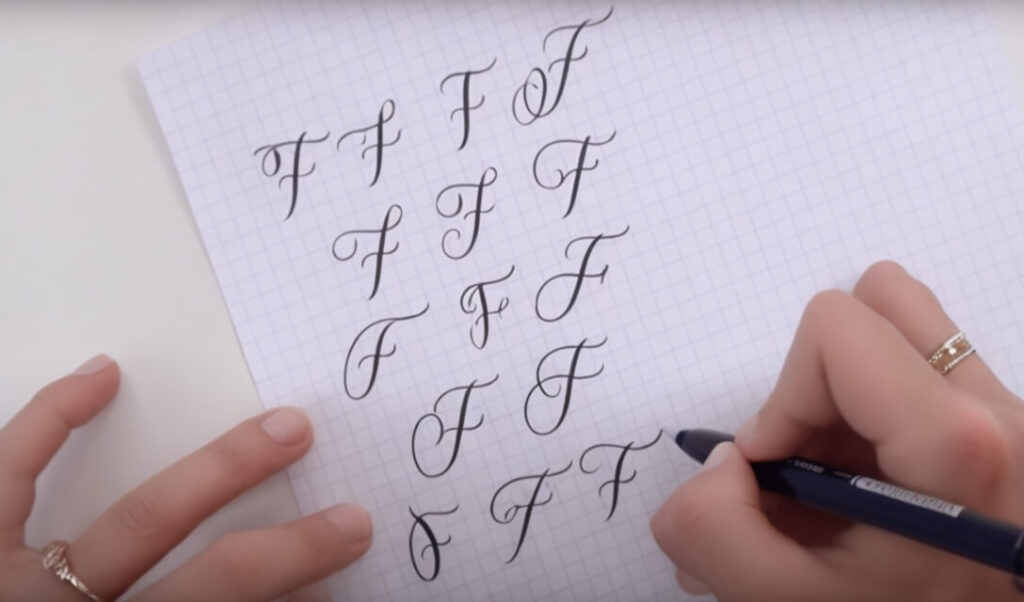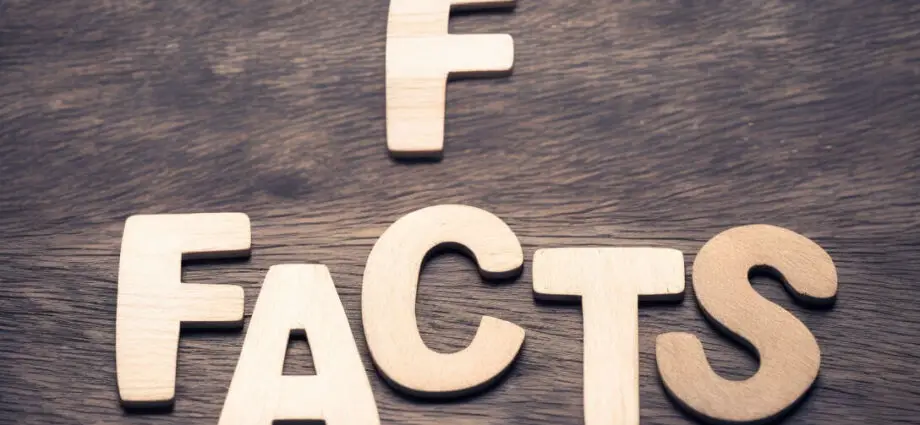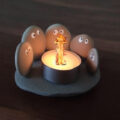The letter F is more than just a character in the alphabet. It’s a symbol with a rich history, a variety of meanings, and a significant impact on language, science, and more. This article will delve into the fascinating world of the letter F, exploring its linguistic journey, phonetic characteristics, spiritual significance, and its role in writing and education.
The Historical and Linguistic Journey of the Letter F

The letter F has a long and intriguing history. It’s the sixth letter of the Latin and modern English alphabets, and its modern symbol is “F.” The letter F in different languages has evolved over time, with its origins tracing back to the Egyptian hieroglyph that resembled a snake around 3,000 B.C. Over the years, the letter F gradually lost its snakelike characteristics and became a simple vertical line with a small crossbar.
The Phoenicians adapted this Egyptian symbol to represent their letter “waw” (or “vav”), which sounded like /v/ or /w/. The Greeks then adopted the letter F during the 8th century BCE as a vowel “upsilon” (with a “v”-like extension) and a consonant form of digamma (with a “w”-like extension). The letter F in Spanish, for instance, is pronounced as ‘efe,’ showcasing the diversity and depth of meaning associated with the letter F.
The Romans later adopted the letter F from the Greek alphabet, giving it a new, more angular shape resembling the modern letter F and a unique sound: /f/. This version of the letter F forms the basis of the alphabet of the English language and many other languages that we know today.
The Letter F in Phonetics

In phonetics, the letter F plays a crucial role. The sound that the letter F makes is a voiceless labiodental fricative, produced by forcing air through a narrow channel created by placing the lower lip against the upper teeth. This sound is represented by the symbol /f/ in the International Phonetic Alphabet (IPA).
The pronunciation of the letter F can vary depending on the language and the position of the letter in a word. In English, for example, the letter F usually makes the /f/ sound as in ‘fish’ or ‘off.’ However, in some words borrowed from other languages, the letter F might have a different sound. For instance, in the word ‘genre,’ the ‘g’ is silent, and the ‘re’ is pronounced like the letter F in Spanish, ‘efe.’
The Spiritual Meaning of the Letter F

The letter F holds significant spiritual meanings in various cultures and religions. In the Jewish faith, the letter F stands for “Faith” and is considered a symbol of devotion. The letter “Vav” in the Hebrew alphabet corresponds to the letter F and is seen as a symbol of faith. It also symbolizes the idea of perfection and divine completeness.
The numerical value of the letter F is “six,” which can also symbolize the six days of world creation. In the same manner, the letter F can be seen as a symbol of the hexagram, a six-pointed star often used in Jewish and Masonic symbolism. The hexagram is considered to be a symbol of divine unity and protection.
In Christianity, the letter F symbolizes “Fertility” and the promise of new life. It is also seen as a symbol of faith and hope. The Egyptians used the letter F to represent the Feather of Truth, a symbol of truth and justice.
The Letter F in Writing and Calligraphy

The letter F has a unique place in writing and calligraphy. The letter F in cursive, for instance, is a beautiful and flowing character that adds elegance to any piece of writing. It starts with a curved stroke upwards, followed by a loop downwards and a curve to the right. The lowercase ‘f’ in cursive is similar but without the final curve to the right.
There are different ways to write the letter F, each with its own style and flair. For example, the Old English letter F has a distinct look with its long vertical line and two horizontal lines at the top and middle. The Greek letter F, known as ‘phi,’ has a circular design that is unique among alphabetic characters.
Different F letters can be found in various fonts and typefaces, each offering a unique interpretation of this versatile character. From the bold and blocky F of Impact font to the sleek and stylish F of Helvetica, the letter F adds character and personality to our written communication.
Learning and Teaching the Letter F

Learning the letter F is a crucial step in literacy development for children. Various resources can aid in this process, such as a letter F worksheet that provides children with opportunities to trace, write, and recognize the letter F.
Songs can also be a fun and effective way to learn the letter F. The letter F song, for instance, can help children remember the sound that the letter F makes and recognize its shape.
There are also various activities to help children learn the letter F. For example, letter F activities for preschool might include finger painting the letter F, finding objects that start with the letter F, or making the letter F out of playdough.
Conclusion
The letter F is a fascinating character with a rich history and a wide range of meanings and uses. From its origins in ancient Egypt to its place in modern languages, the letter F has a unique and intriguing story. Its spiritual significance in various cultures adds another layer of depth to this versatile character.
Whether it’s in phonetics, writing, or education, the letter F plays a crucial role. It’s a symbol that represents faith, fertility, and truth. It’s a sound that is fundamental to our speech. And it’s a character that children learn to write as they develop their literacy skills. The letter F, indeed, is more than just a letter—it’s a symbol with fascinating facts about language, science, and more.




